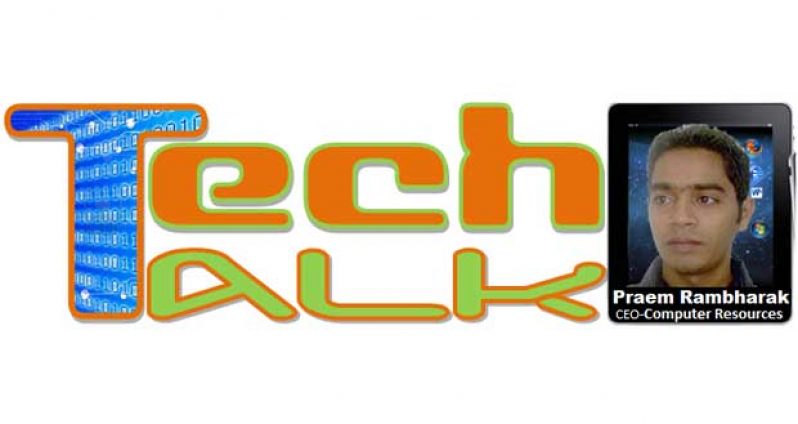Dell’s EMC Deal Could Fall Apart on Tax Rule
Michael Dell’s ambitious $67 billion plan to take over storage giant EMC may face a big tax burden that could complicate or derail the deal entirely. Dell insiders are worried the company could end up being on the hook for a tax bill of up to US$9 billion.
Dell insiders are worried the company could end up being on the hook for a tax bill of up to US$9 billion.
The worries stem from Dell’s unusual proposal to use a new type of stock share to help pay for the acquisition. Their concerns are also rooted in EMC’s wildly successful investment in the software company VMware, the value of which has risen by tens of billions of dollars since EMC acquired it in 2003.
The combination of factors has some Dell execs concerned, sources said, that certain key aspects of the deal may not qualify for the sort of tax treatment they consider essential for the transaction-the biggest tech acquisition ever proposed-to succeed.
In order to offer EMC shareholders $33.15 a share for the company, Dell plans to pay them $24.05 per share in cash. The remaining $9.10 is to be made up by offering EMC shareholders tracking stock linked to VMware. (EMC owns an 81% stake in VMware, while 19% of its shares trade on the New York Stock Exchange; those shares have declined by about a third since the deal was announced last month.) The tracking stock is intended to offset the amount of debt Dell would have to take on; it is also meant to help Dell avoid a heavy tax liability.
No Time to Respond to Email? Let Google Do It.
Google this week unveiled Smart Reply for Gmail on iOS and Android. It uses machine intelligence and neural networks to suggest up to three possible responses for incoming email, based on the content of those emails.
The system learns from users’ responses to suggestions to fine-tune its offerings.
It has a repository of 20,000 Smart Replies that will continue to grow with time. Smart Reply will be available in English in Google Play and Apple’s App Store.
How Smart Reply Works
The Smart Reply system is based on a pair of recurrent neural networks, one of which is used to encode incoming email and the other to predict possible responses.
The encoding network examines incoming emails word by word and produces a list of numbers, known as a vector that captures the gist of what’s being said.
This vector is independent of syntax. For example, it will come up with similar vectors for the questions “Are you free tomorrow?” and “Does tomorrow work for you?” The second network takes this thought vector -which can be thought of as a meme and creates a grammatically correct reply one word at a time.
Gmail is using long short-term memory network architecture for the neural networks because it will work even when there are long delays, and it can handle signals with a mix of low- and high-frequency components.
Google engineers developed a machine learning system for mapping natural language responses to semantic intents. Knowing how semantically similar two responses are lets the system suggest responses that vary in both wording and underlying meaning.
There will be some mistakes at first as the system may fail to interpret memes correctly all the time, but “people will be forgiving because I think they do understand that, for anything, there’s a learning curve.
Growing food on MARS…to eat or not to eat!
Before humans go to Mars, as NASA is planning for the 2030s, there’s a lot of work to be done, such as developing and testing a rocket that can get there and studying the effects of long-term space habitation on the human body.
This is because it’s going to be a long trip. It took Curiosity just over eight months to get to Mars from Earth. NASA is trying to reduce that time to around six months, but even so, that’s at least a year travelling in space without any access to fresh food. Unless, of course, NASA can figure out a way to grow plants, not just in microgravity transit conditions, but on the Red Planet itself.
This is where Bruce Bugbee, director of the Plants, Soils & Climate Department at Utah State University, enters the picture.
Bugbee and his team of researchers have been growing plants primarily in ground-based growth chambers, although if you remember the lettuce grown and eaten in space earlier this year, that was Bugbee’s work too. Between the ground-based growth chamber and the growth chamber aboard the International Space Station, Bugbee believes that it’s very possible for plants to grow in space and on Mars with current technology.
The growth chambers on Earth are closed systems, like a huge refrigerator, where the plants are grown hydroponically. There is no natural light. Humidity, temperature and carbon dioxide levels are tightly controlled so as to simulate the environment.
The biggest problem is that Mars is about 1.5 times farther from the sun than the Earth is, and only gets about 60% of the light. This means that plants on Mars would grow at about 60% of the rate of Earth plants, even when exposed to full Mars light. So, are you prepared to eat a quantity of red vegs?



.jpg)








